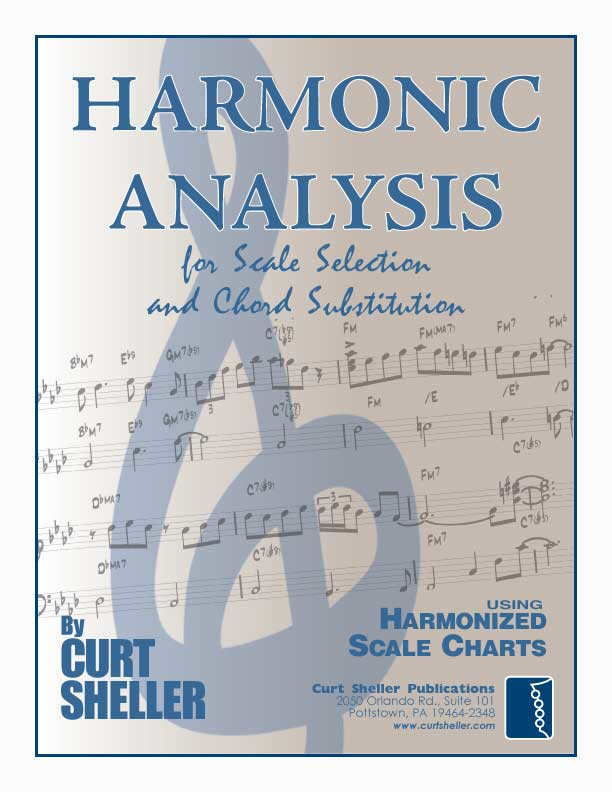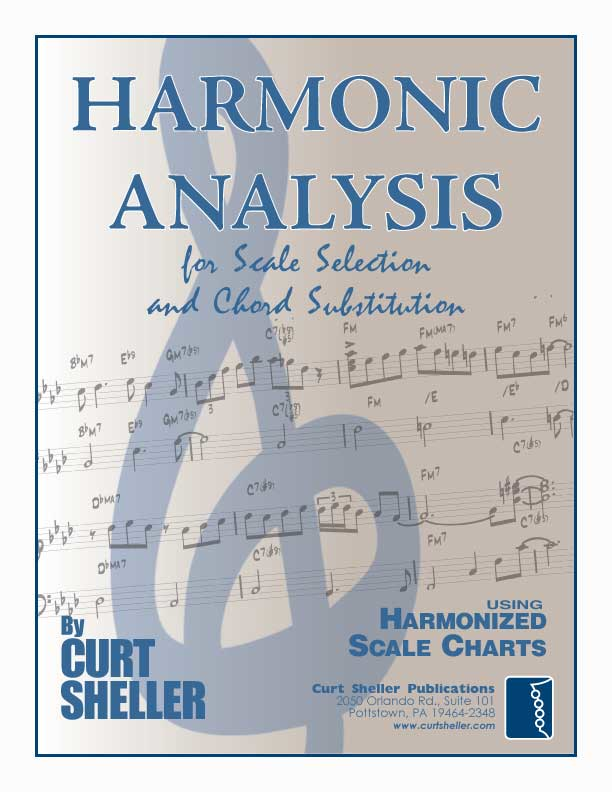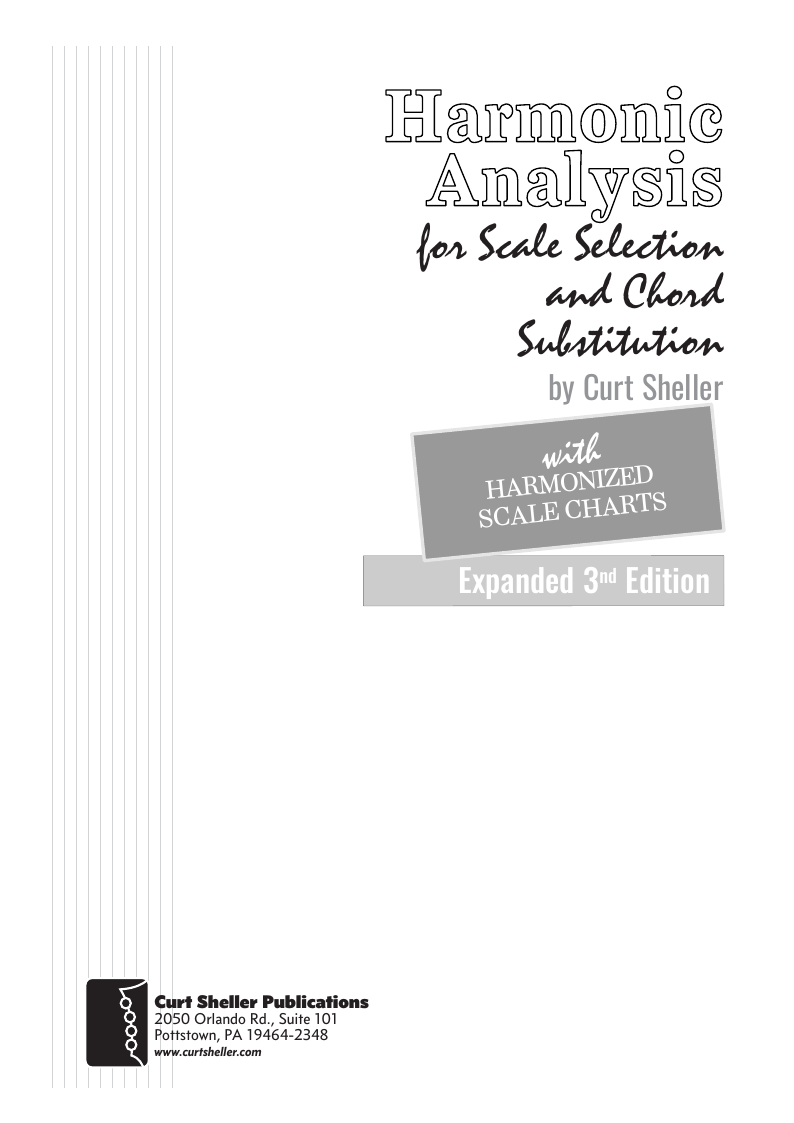Harmonic Analysis (RMA) Worksheet for the song: Bad, Bad Leroy Brown.
Bad, Bad Leroy Brown
Bad, Bad Leroy Brown is an uptempo, strophic story song written by American folk rock singer Jim Croce. Released as part of his 1973 album Life and Times, the song was a No. 1 hit for him, spending two weeks at the top of the Billboard Hot 100 in July 1973. Billboard ranked it as the No. 2 song for 1973.
Croce was nominated for two 1973 Grammy Awards in the Pop Male Vocalist and Record of the Year categories for "Bad, Bad Leroy Brown". It was his only number-one single before his death on September 20 of that year. (wikiwand);

The Daily Ukulele— 365 Songs for Better Living book.





Harmonically an easy song. Simple thing 1 2 3 4 5 chords and major chord types, either seventh or major.
Scale-wise the G Pentatonic scale is a great, simple scale choice: G A B C E F G` .
The B7 is not a Secondary Dominant, just sneaking in through the backdoor to the IV chord, the C .
Lines 3 and 4 are harmonically the same as lines 1 and 2. Just different lyrics in the Daily Ukulele book.

To Coda
Lines 5 and 6 are harmonically the same as lines 1 and 2 as well as 3 and 4. Just different lyrics in the Daily Ukulele book.
As the 1st, 2nd, and 3rd endings are harmonically the same I combined them here.
Remember these Harmonic Analysis (RMA) Worksheets are not a leadsheet. Simply an analysis of the harmonic content, the chords with a bit of the roadmap as in the Daily Ukulele book.
D.S. al Coda
Coda
A Harmonic Analysis (RMA/HA) and its worksheet are intended to show the function of the chords, the harmonic principles used, the keys and tonalities the song explores. And, can be used for scale selections and chord and scale substitutions.
lead leadsheet.Minimal roadmap information such as repeats, fine, D.S., D.C., and codas has been used in preparing the worksheets to somewhat mirror the leadsheet in the Daily Ukulele book.
Yellow Book. You should start to recognize that 1st endings typically always return to a previous verse or an
 section. With a 2nd ending, a transition to a different part of the song, a
section. With a 2nd ending, a transition to a different part of the song, a  or chorus. Harmonic Principles are used for these repeats and transitions.
or chorus. Harmonic Principles are used for these repeats and transitions.- Bad, Bad Leroy Brown is in 4/4, Common Time and the Key of G .
- Full Diatonic
- Partial Diatonic • Full Diatonic includes Secondary Dominant chords

Verse
6x
When you run the Numbers
, it actually is somewhat easy to remember a lot of songs — in any key. Bad, Bad, Leroy Brown just goes op the harmonized scale of the major key of the song. The second and third chords are Seventh chords and the
V
chord is a Seventh chord.
Nashvillestudios to save time and money and not have to rewrite a chart for a singer in a different key that the original chart.
Contemporary Scales: Minor Pent: Minor Pentatonic, Pent: Major Pentatonic, Blues,
Scale/Mode Names: Ion: Ionian (Major), Dor: Dorian (Minor), Phrygian: Phrygian, Lyd: Lydian, Mix: Mixolydian (Dominant), Aeol: Aeolian (Natural Minor), Loc: Locrian


Bad, Bad Leroy Brown is harmonically lines 1 and 2 for the whole song.
Intro
Seven measures of the I chord, G with the Rockin' Fifths Strumming Pattern and then the V chord, D7
On the original recording the intro is performed on piano with a boogie-woogie, rock feel. Using the Rockin' Fifths Strumming Pattern below.
Strumming
Ukulele players always ask What strumming pattern do I do?
. For this song the Rocking Fifths strumming pattern sticks close to the original feel of the song.
Rockin' Fifths
Rocking Fifths is where you would rock
between the fifth and the sixth of the chords. The fifth on beats one and 3 and the sixth on beats two and four.
Intro
Accompaniment

Original temp approx. 148 bpm. Same changes for Verse and Chorus. High or Low G
, C Tuning.
Audio (MIDI) from MuseScore of above.
Low "G", C Tuning Alternate Version Last Two Measures
The Bass walks down, descends to scale starting on the Root of the V chord and down to the Root os the I chord. In the Yallow Book keys is is: D C B A to G .

Low G, C Tuning Alternate Version
- (wikiwand) Bad, Bad Leroy Brown
- (wikiwand); Bad, Bad Leroy Brown
- Jim Croce: Bad, Bad Leroy Brown •
Related Lessons, Videos, Lesson Series, Songs, Books & Reference Charts, Resources & Assets, Workshops are below.

Harmonic Analysis ( HA ) is the process used to determine the harmonic function of chords within a chord progression. A chord progression is defined as a sequence of chords, each chord has a root and has a particular chord type. The relationship of a chord's root to a scale determines its function within that scale's tonality. Once a chord's function is identified, scale selections along with chord and scale substitutions can be made. This process is called Root Movement Analysis ( RMA ). This series of lessons are extracted from my book for use with individual private and on-line students. Each lesson directly corresponds the chapters in my book Harmonic Analysis for Scale Selection and Chord Substitution by Curt Sheller (me).

Harmonic Analysis (HA), also known as the study of chord relationships, is the method used to identify the harmonic role of chords within a chord progression or song. A chord progression refers to a sequence of chords, with each chord having a root note and belonging to a specific chord type. The function of a chord within a particular scale's tonality is determined by its relationship to that scale.

Harmonic Analysis is the understanding of the functional sequence of chords. It is the process used to analyze the harmonic structure of a progression, song or composition. This analysis is then used to make scale selections for improvisation and chord substitution.

Strum a different song every day with easy arrangements of 365 of your favorite songs in one big songbook! The Daily Ukulele features ukulele arrangements with melody, lyrics and uke chord grids and are in ukulele-friendly keys that are particularly suited for groups of one to one hundred to play and sing.

Finally, learn the names of the notes of the ukulele fingerboard in C tuning .

Learn the six fingering principles to navigating the ukulele fingerboard. Fingering is one of the most universal topics. Book: Six Secrets of the Ukulele Fingering

Harmonic Analysis is the understanding of the functional sequence of chords. It is the process used to analyze the harmonic structure of a progression, song or composition. Book: Harmonic Analysis for Scale Selection and Chord Substitution

Learn to read single note melodies in the first/open position is a lot easier than you might think. Book: Ukulele – Reading Music Series – Primer

An organized collection of daily practice and reference material for the contemporary ukulele player for developing the vocabulary and knowledge necessary for single note playing. Book: Daily Practice Material for the Contemporary Ukulele
Checkout the Books & Reference Charts for additional Handy, Dandy Reference Charts.

Ukulele Fingerboard Chart for C Tuning, Low or High G – G C E A

Ukulele Fingerboard Chart for G Tuning, Low or High A – D G B E

A handy reference chart of all 15 major and relative minor key signatures. US Letter 8.5 x 11 sized (ANSI-A), A4
Checkout the Books & Reference Charts for additional Handy, Dandy Reference Charts.






.jpg)